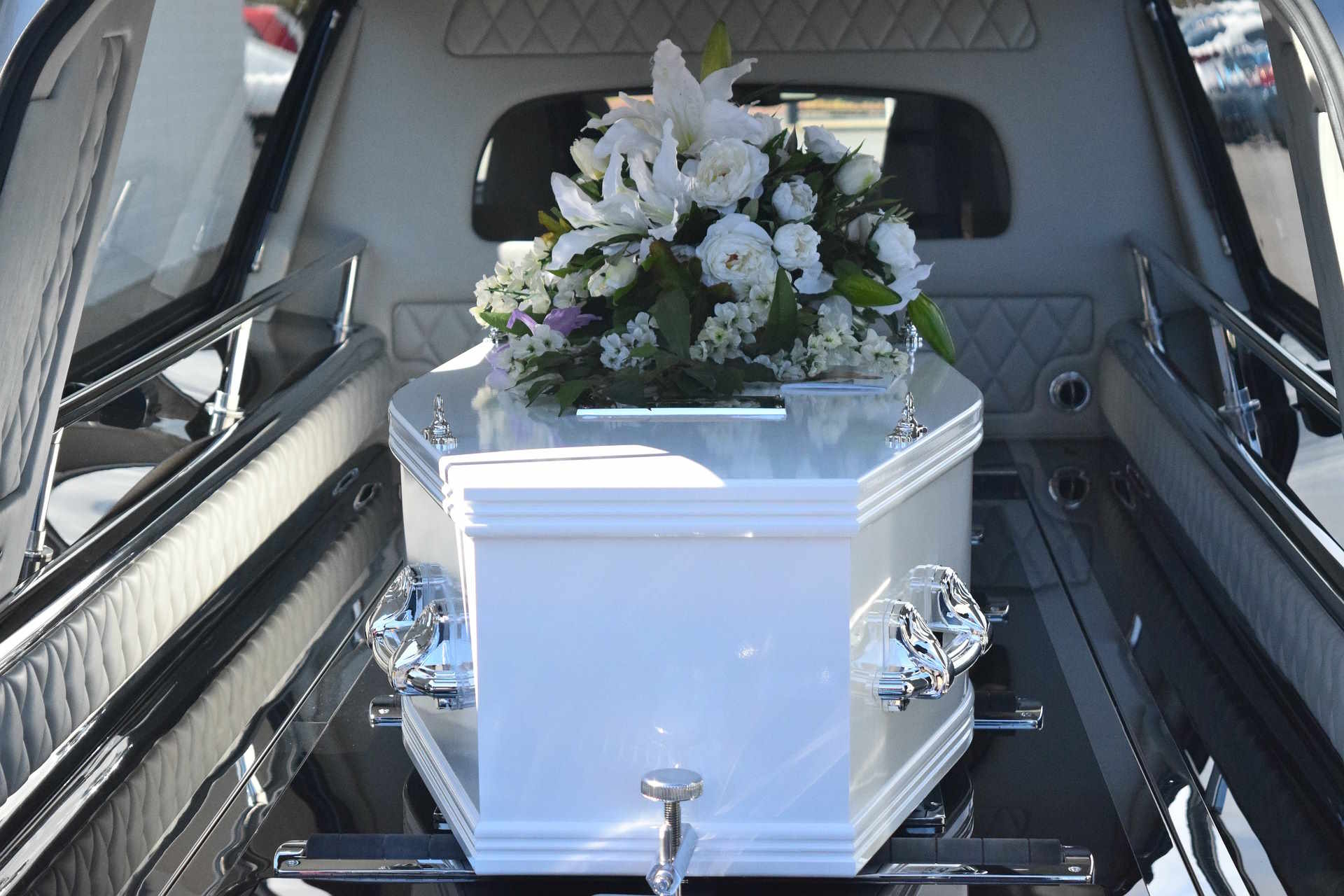Step-by-step 2025 guide to cremation process and ashes handling United Kingdom
Cremations now account for over 70% of funerals in the United Kingdom. This 2025 guide explains the cremation journey—from identification and preparation through to ashes handling—so families can understand each stage and make informed, respectful choices during a difficult time with compassion and clarity.

Confirming Identity and Completing Essential Documentation
The cremation process begins with verifying the identity of the deceased. This crucial step ensures the right individual is honoured and treated with respect throughout. Funeral professionals will place a unique identity tag securely on the wrist or ankle of the deceased. Alongside this, all necessary paperwork—including the death certificate and cremation forms—must be completed before proceeding.
This careful documentation safeguards against errors and guarantees the ashes are managed according to the family’s wishes.
Preparing the Body for Cremation Respectfully
Before cremation, the body is handled with dignity and care. It is gently washed and cleaned, and families may choose whether their loved one is dressed in personal clothing or a simple provided robe. Unlike burial, embalming is rarely required for cremation in the United Kingdom, aligning with more environmentally conscious practices by avoiding additional chemicals.
This preparation respects personal and cultural preferences while supporting a gentler ecological footprint.
Transportation to the Crematorium and Types of Cremations
Once prepared, the deceased is placed in a coffin specifically designed for cremation. These coffins are fully combustible and securely sealed to provide safety and dignity during the process. The coffin is then transported respectfully to the crematorium.
Families can opt for either an attended cremation, where a funeral service takes place in the crematorium chapel before the ceremony, or a direct cremation, which is carried out without a service or mourners present. Both options are available to accommodate different needs and wishes.
What Happens During the Cremation Procedure?
The coffin remains sealed and is placed inside a specialist cremator—a high-temperature oven designed for this purpose. The cremation process generally takes between two to three hours. During this time, intense heat reduces the coffin and body to ashes.
Importantly, the deceased is never exposed directly to flames, ensuring dignity and safety throughout. The gradual process maintains respect for the individual from start to finish.
Handling and Processing Ashes After Cremation
After the cremation, the ashes naturally cool before being collected by a cremation assistant. Any remaining impurities, such as fragments of coffin fittings, are carefully removed. Then, the ashes go through a cremulator—a machine that refines them into the fine powder commonly recognised as ashes.
These processed ashes are placed into a labelled container or urn, ready to be either collected by the family or arranged for scattering by crematorium staff.
Choices for Ashes Collection and Disposal
Families have several options regarding their loved one’s ashes. They may receive the ashes home in an urn or container for safekeeping. Alternatively, ashes can be scattered in meaningful locations, such as on private land, in gardens of remembrance located at crematoria, or in chosen natural settings.
Ashes may also be interred in family graves if this fits with personal or cultural traditions.
Legal and Environmental Considerations for Scattering Ashes in the United Kingdom
The United Kingdom’s laws provide considerable freedom regarding ashes scattering, but some rules do apply:
- Ashes can be scattered on private land freely if you own the land.
- Scattering ashes over bodies of water such as seas and rivers requires no permission.
- For public or private lands not owned by the family, permission from landowners is necessary.
- Many cemeteries allow scattering but may have designated areas or require permits.
- Environmental considerations, particularly in protected or conservation areas, must be observed.
These guidelines help ensure the final resting place is both respectful and compliant with regulations.
Supporting Families Throughout the Cremation Journey
Many funeral service providers in the United Kingdom offer comprehensive support, including 24/7 assistance with collecting and caring for the deceased, paperwork management, and funeral arrangements. They also provide guidance on acceptable ashes handling and scattering options, aiming to uphold dignity and compassion at every stage.
Planning Ahead and Funeral Options
Funeral plans are available for those seeking to prearrange their cremation or funeral services, providing peace of mind and reducing the burden on families. Options range from simple direct cremations to attended services, allowing individuals to choose a farewell that aligns with their wishes and values.
Understanding the entirety of the cremation process—from preparation to ashes handling—can demystify this common practice and help families navigate their choices peacefully and informed. This knowledge offers reassurance that respectful care and legal compliance underpin every stage of cremation in the United Kingdom in 2025.
Sources
- Reassured. “Cremation process UK.” reassured.co.uk
- Distinct Cremations. “How is a body prepared for cremation?” distinctcremations.co.uk
- Distinct Cremations. “Everything you need to know about scattering ashes in the UK.” distinctcremations.co.uk
Disclaimer: Pricing, service availability, and regulations may vary by location and provider within the United Kingdom. It is advised to consult with local funeral providers and authorities to confirm current practices and legal requirements.




